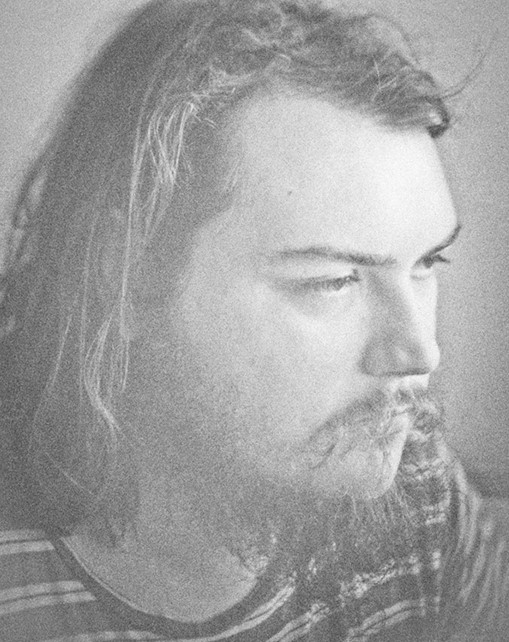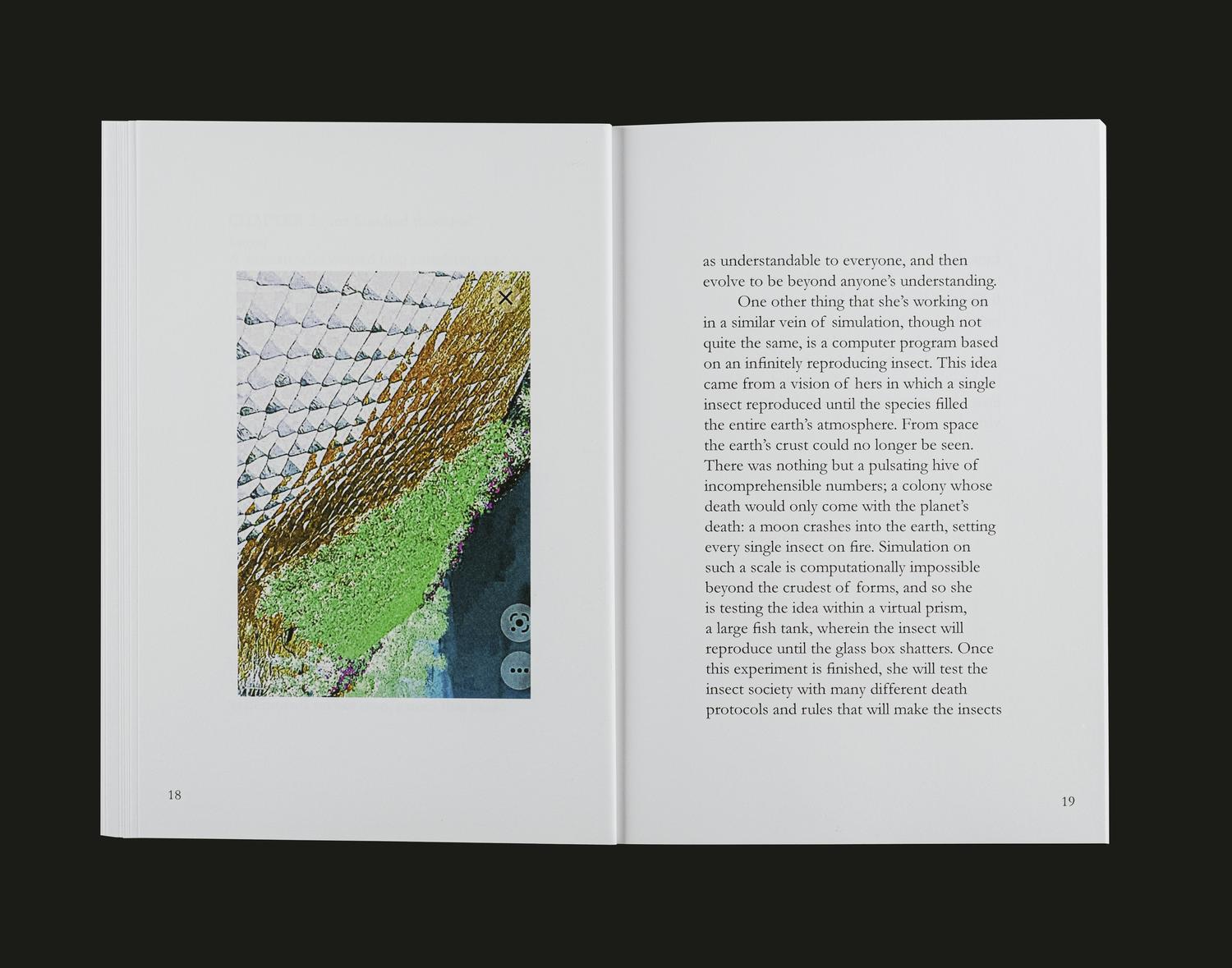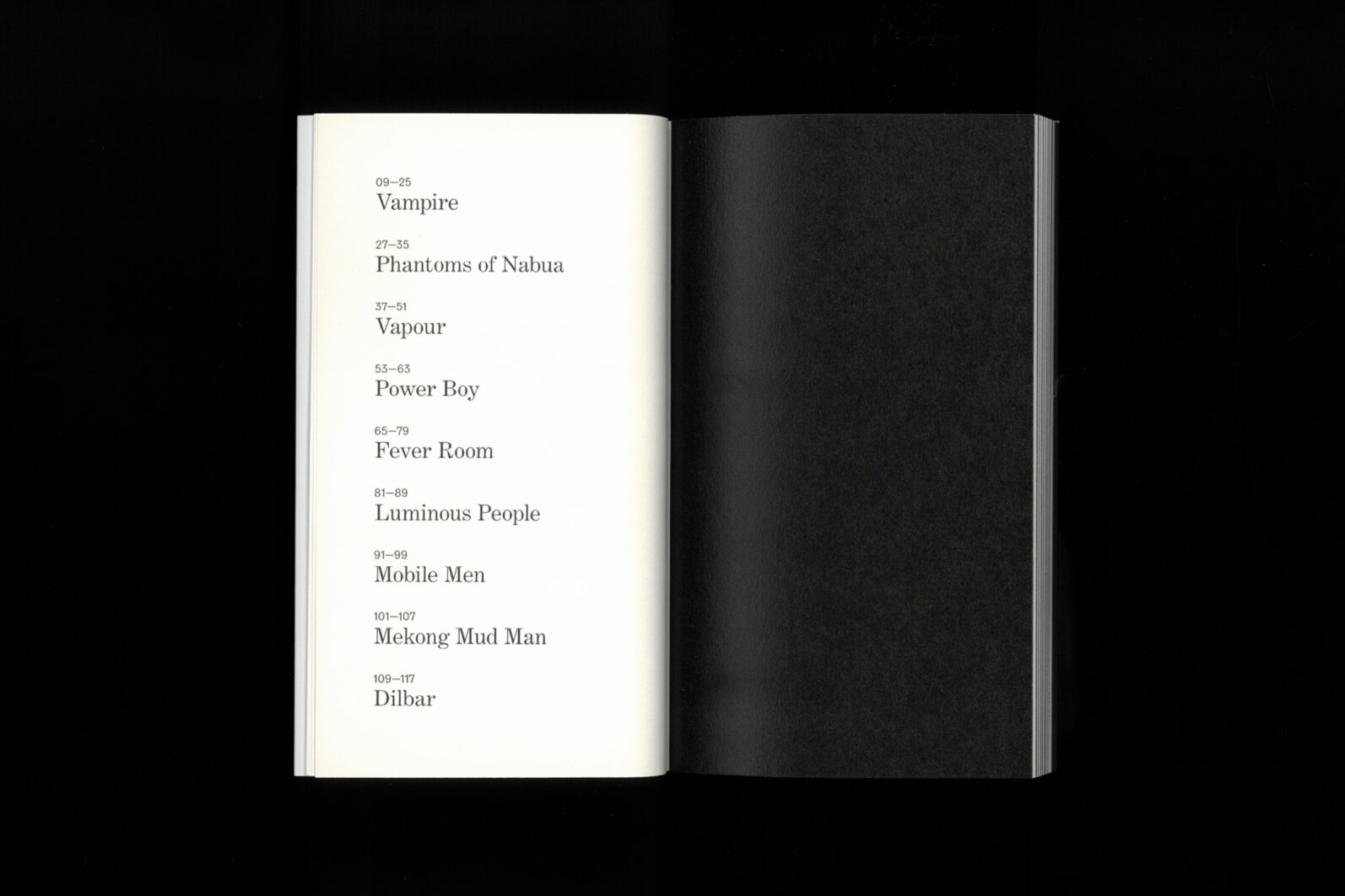Felix McNamara

Felix McNamara is a writer holding Australian and Irish citizenship (born September 1994).
In 2021, McNamara began doctoral research with The University of Sydney School of Architecture, Design and Planning on themes of aesthetics, displacement and ideology through Dublin’s recent architectural and urban history, under the supervision of Andrew Leach and Daniel Ryan.
He has worked on architectural research, design, and publication projects between Europe and Australia. McNamara collaborated with Markus Miessen on publication contributions such as Warum Europa eine Republik warden muss!: Eine politische Utopie (Dietz Verlag J.H.W. Nachf, 2016), and on design projects including DISCREET – An Intelligence Agency for the People at the 9th Berlin Biennale for Contemporary Art (participants including Yanis Varoufakis, Eva Horn, Simon Denny et al), and exhibition design for Omer Fast’s Talking is not always the solution at Martin-Gropius-Bau – each project documented in Studio Miessen: Cultures of Assembly (Sternberg Press/MIT Press, 2021).
In 2022 McNamara published Deep Sea, Other Places (Collaborative Texts/Betweenness) in collaboration with artist Jonathan Kopinski as a part of an ongoing project by Collaborative Texts (collaborativetexts.com). With each book, a new collaborator supplies an image archive or essay for response in prose. The project hopes to foster a mode of diplopia, where the relationships of text to image may blur in various ways.
Since 2020, he has worked as a Sessional Academic at the University of Queensland’s School of Architecture and The University of Sydney School of Architecture, Design and Planning, teaching in eleven courses of undergraduate architectural design and architectural history & theory, and postgraduate theory and research, with nomination as a Most Effective Teacher in Semester 2 of 2020. During his own undergraduate and postgraduate studies, he received The Centor Prize in Design that Connects People to the World Outside (first place), and the Peter Hale Cox Architecture Prize, awarded annually to the student graduating from the Master of Architecture who obtains the highest GPA in the subject areas of design, technology and practice studies across the two years of the Master of Architecture (coursework) program, with nominations for the Bluescope Glenn Murcutt Student Prize and Karl & Gertrude Langer Memorial Drawing Prize, and received the Dean’s Commendation for Academic Excellence on multiple occasions.
McNamara was an editor of the journal Barbara, for which he edited the book Construction, Brisbane: Opposite Editions, ISSN 2653-1380 barbara-journal.com
Portrait by Karlis Andzs
Contact: felixfrederickmcnamara at gmail
2022 Deep Sea, Other Places, (with images from Jonathan Kopinski) Brisbane: Collaborative Texts/Betweenness, ISBN 978-0-6453848-0-2
2021 (Contribution with Studio Miessen) Studio Miessen: Cultures of Assembly, Berlin: Sternberg Press, Cambridge MA: MIT Press, ISBN: 9783956792786
2021 (Edited Book) Construction, Brisbane: Opposite Editions, ISSN 2653-1380
2021 Construction or The Ruin-in-Reverse (in Construction), Brisbane: Opposite Editions, ISSN 2653-1380 2020 Casual Notes on Ted Kaczynski’s Cabin, Brisbane: Barbara
2018 (Contribution with Studio Miessen) Conditions of Political Choreography, Tel Aviv: The Center for Contemporary Art, ISBN 13 978-3-89424-966-3
2018 (Non-)Composition, Haus Wittgenstein: On the Fundamental Question of Control in Architecture, Brisbane: The University of Queensland School of Architecture
2018 The Red Square Nebula, Brisbane.
2016 (Contribution, with Markus Miessen, Berta Cuso) Warum Europa eine Republik warden muss!: Eine politische Utopie, Berlin: Dietz Verlag J.H.W. Nachf, ISBN: 978-3801204792
2016 (Contribution with DISCREET – An Intelligence Agency for the People) The Present in Drag. 9th Berlin Biennale for Contemporary Art, Berlin: KW Institute for Contemporary Art, ISBN: 3954761556
Excerpts of Things
City Projects, Housing Crises and the “Celtic Tiger” Economy
The housing crisis that ensued in Dublin after the crash of the “Celtic Tiger” economy, is widely acknowledged as a turning point for the city. Promises of affordable medium and high-density inner-city housing, and upgrades to adjacent public space and transport are common across the political spectrum. Within a city that has often been averse to urban projects, the demand for urbanisation poses a complex question to the city and its architecture: how does one critically engage with the city, without facing the recent historical interrelation between housing, finance and politics? How do housing projects, as aggregates of implemented policies and ideologies, define the city and its ambitions? This project seeks to cut a series of historical transects through specific housing projects and their associated crises, from the 1980s to the 2020s, during which period, Dublin transformed from one of the least expensive eurozone capitals to one of the most expensive, embracing a tech-utopian identity as the ‘Silicon Valley of Europe’. The research will build upon projects of Irish architectural history such Ellen Rowley’s work on edge condition Dublin housing from 1935- 1975, and Erika Hanna’s examination of the city’s urbanisation (and its resistance) from 1957-1973, which consider related questions on the interrelation of architecture and housing with associated political and social histories. The research will assemble a series of projects and crises of accommodation running from the end of the 20th century up to the first quarter of the 21st, providing insights into how architecture might critically engage with Dublin and its resultant urban profile.
The complex transformative effects of the Celtic Tiger will provide major points of difference from earlier histories. The broad timeframe in question (approx 1980s to 2020) also tracks major geopolitical fault lines in Irish history, including the Good Friday Agreement of 1998, and the 2016 United Kingdom European Union membership referendum and its subsequent implementation, which has in turn threatened to reopen old wounds on the Republic of Ireland – United Kingdom border. As previous architectural histories elaborate on the relationship of Dublin’s twentieth (2nd and 3rd quarter) century housing projects to national questions, and the way in which those national questions spread down through various ideological, political and social initiatives and chains of thought, the historical cross-sections cut by this research will inevitably provide similar elaborations on a Dublin of radically changed circumstances – for example, where 2nd and 3rd quarter 20th century histories track the evolution of the Free Irish State into the eventual Republic of Ireland, and therefore, factors of republicanism and cultural de-colonisation/post-colonialism, rural vs. urban ideologies, catholic identitarianism and social conservatism, and The Troubles, the history of the end of the 20th century & beginning of the 21st century will examine a Dublin of neoliberal globalisation, post-politics and the ‘end’ of history, social-liberalisation, tech-utopianism, the global, resurgent phenomena of both right and left populism in the recent rise of Sinn Fein, and the Coronavirus Pandemic. Each chapter of this research, as a specific historical episode of accommodation, will analyse how architecture has been entwined with the above factors and their resultant policies, to define the city and its crises, over an approximately thirty five year history...
Capital’s Arcadia: Landscape and Hedonistic Sustainability
Landscape verb 1. make (a garden or other area of ground) more attractive by altering the existing design, adding ornamental features, and planting trees and shrubs.
Bjarke Ingels, Ted Talk Evangelist, friend of famed environmentalist Jair Bolsonaro, has used the term 'Hedonistic Sustainability' for close to a decade; a perfect ideological expression of his practice and personality, which are both best explained by reference to Poe's Law. Beyond the scope of BIG's practice, 'Hedonistic Sustainability' represents a broad, ubiquitous species of box-tick 'landscape', a hail mary to wash away what is obviously sinful, a way for buildings otherwise comparable to Trump Tower to receive the zeitgeist's stamp of approval, a glib corporate-progressive nod given at the first sign of rendered vines and planter beds - the green simulacrum of Hedonistic Sustainability can be hid behind by anyone with no ideas, morals, nor interest in environmental politics. There are, obviously, very serious, scientific ways of evaluating whether someone's claims to sustainability are genuine or not - in the case of those like Bjarke, and even his mildest impersonators, the lie is made so clear by the ideological and aesthetic presentation of the work that no trial is necessary; no knowledge of building science is needed to know that burning down The Amazon is not sustainable. Every anglophone city has architects who lie in this same way - the lie may not be as psychotic as BIG's, but it may still be as immediately apparent by its untethered signifiers, not worth the benefit of the doubt. The point of this spout, ultimately, has to come to a point about integrity and its absence; to work towards a project of sustainability, the principle of sustainability has to not only be grounded in honesty (and not the branding of 'honesty'), but be capable of navigating this principle against others which may (and do) seek to cannibalise it, or take hold of it via vampiric possession. The absence of integrity may therefore, not necessarily develop out of a lack of principles, but rather the comorbidity of multiple ones which are not compatible, and will kill each other, making the difference between liars and the conceptually illiterate not necessarily distinguishable. If we accept that integrity, as an inherently moral category, is built on morality’s cracked foundations, then it may follow that humans as contradictory animals may never attain an integrity devoid of error and double standard, but the choice to then give up on integrity altogether is the easiest of paths, the more difficult of which is the acceptance of integrity-as-a-battle, not a static status, but an ongoing need to understand one’s own contradictions, but still strive for integrity in light of them. Returning to ‘Hedonistic Sustainability’ in terms of integrity and contradiction, it is clear in both Hegel and Hellraiser, that hedonism dialectically leads to annihilation: 'QAnon Shaman' Jake Angeli might have served the world well by making explicit, for those yet unaware, that Yoga and Organic Food are totally compatible with Völkisch-Nazi-Heideggerianism - Bjarke's sole contribution to knowledge on Earth is that you can smile and tell the camera out of genuine belief that you're saving the planet, while standing next to a genocidal pyromaniac, like an untalented Albert Speer with gelled hair...
Ted Kaczynski’s Cabin
The ‘Unabomber’ Ted Kaczynski has long maintained seniority within American crime pop culture, a status regularly renewed by Netflix. Kaczynski’s 1978-1995 terror campaign left behind one distinct architectural artefact – a quaint structure not unlike a bird house or dog kennel, the Montana cabin in which his life’s work was devised. While considerable interest in Kaczynski tends to focus on the biographical oddity of a Harvard-educated-mathematics-prodigy-turned-anarcho-environmental-jihadist, more attention should perhaps be awarded to just how ordinary his ideological confusion was – the distinctly American fear of an amorphous tyranny is hardly controversial to the common paranoias of left and right alike; this muddled battle against ‘the system’ finds a monument in Kaczynski’s Cabin – whether it sits in the wild, in a crime scene, an exhibition or in FBI storage, it is a memorial to all those declaring an abstract war on the world as a whole. One of the most intriguing lessons of the Unabomber Cabin may be how disempowering architecture can be. Although one might look at this cabin with fear for many murders and maimings were made possible by its shelter for some seventeen years, an alternative view of this shed might be castrating – the removal of the Unabomber’s invisible power of being anywhere and nowhere, anyone and no one; when the cloak of anonymity was unfastened all we were left with was this sad little hut lived in by a little man, who was less a metaphysical force against civilisation than one of its more emotional troglodytes. In this sense, Kaczynski’s cabin may find a place inside the bizarre territory where the terrifying and pathetic collide – think of The Joker’s power, Donald Trump’s power, Boris Johnson’s power – our recent history of evil clowns has proven that there is power in the pitiful, and this power is yet to be extinguished. In this complex cultural space, the cabin as a symbol balances between harm and harmlessness, between terrorism and banality – it is a mundane object empowered by violence and a campaign of violence calcified as a shack...
Books Etc.
![]()
![]()
![]()
![]()
![]()
![]()






